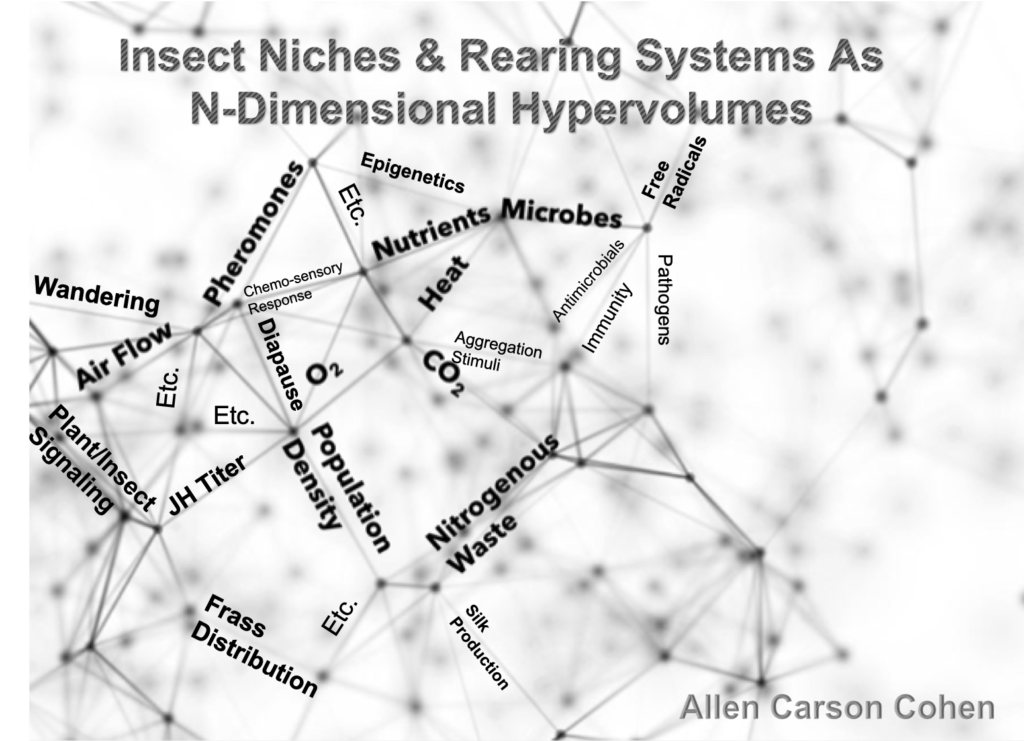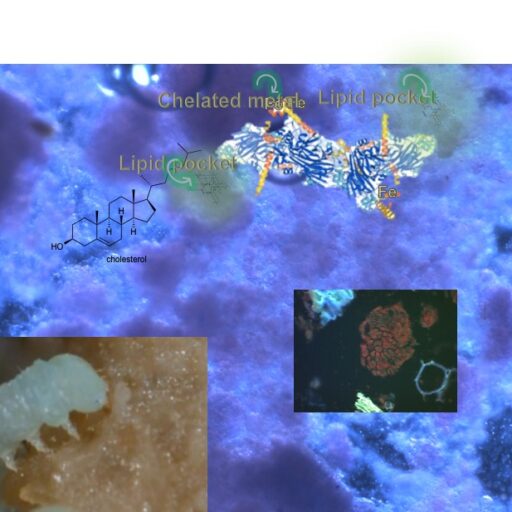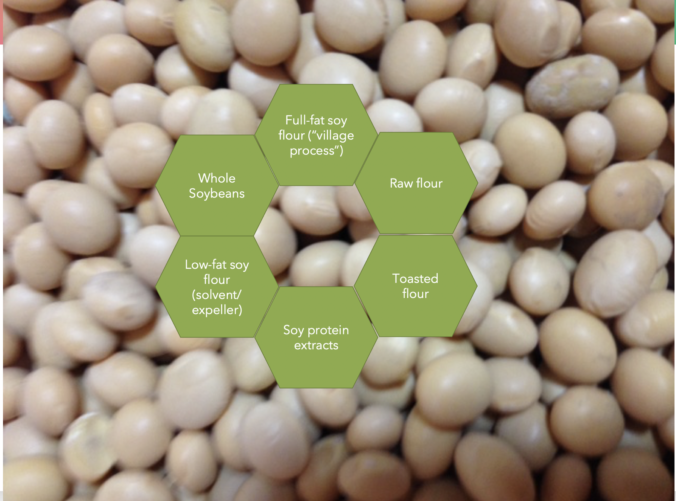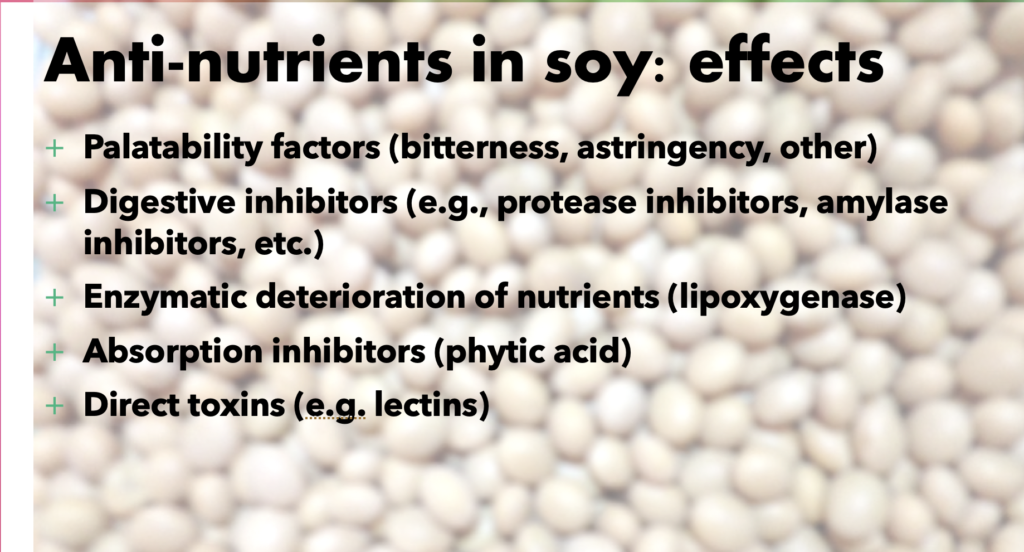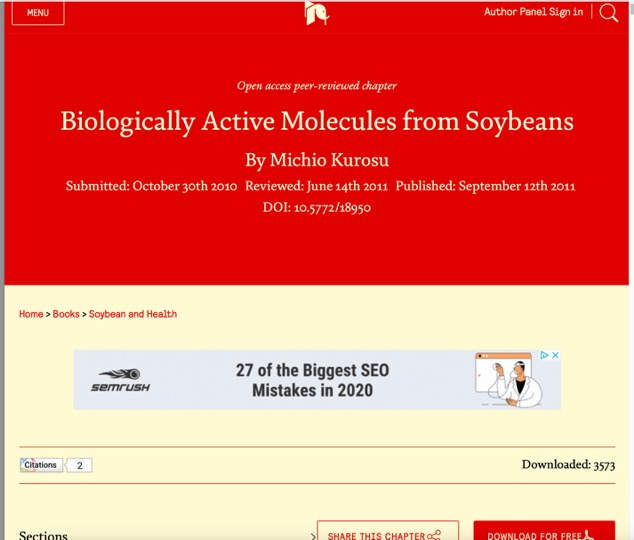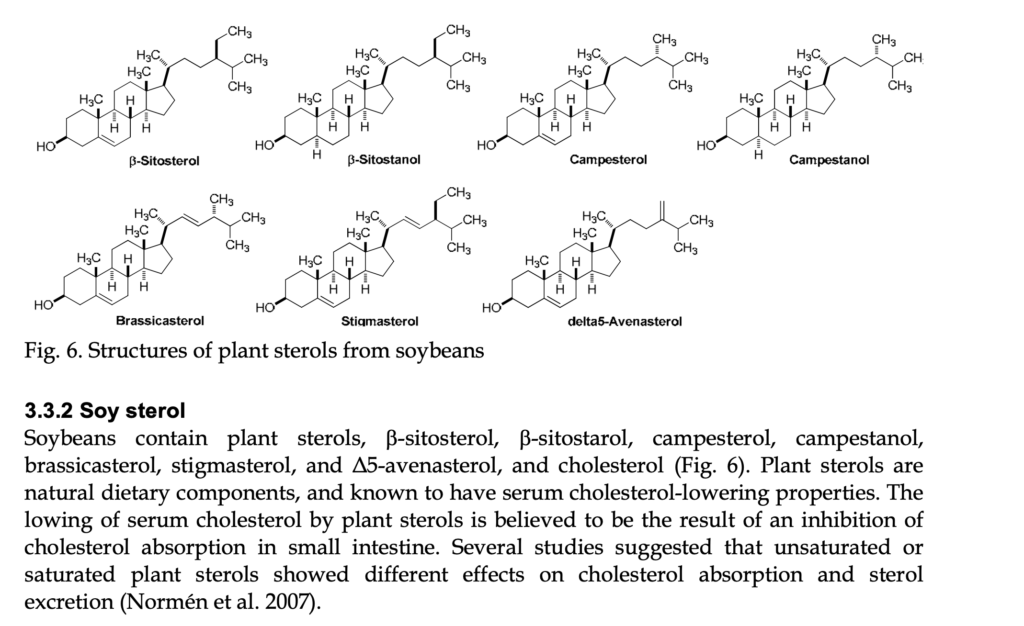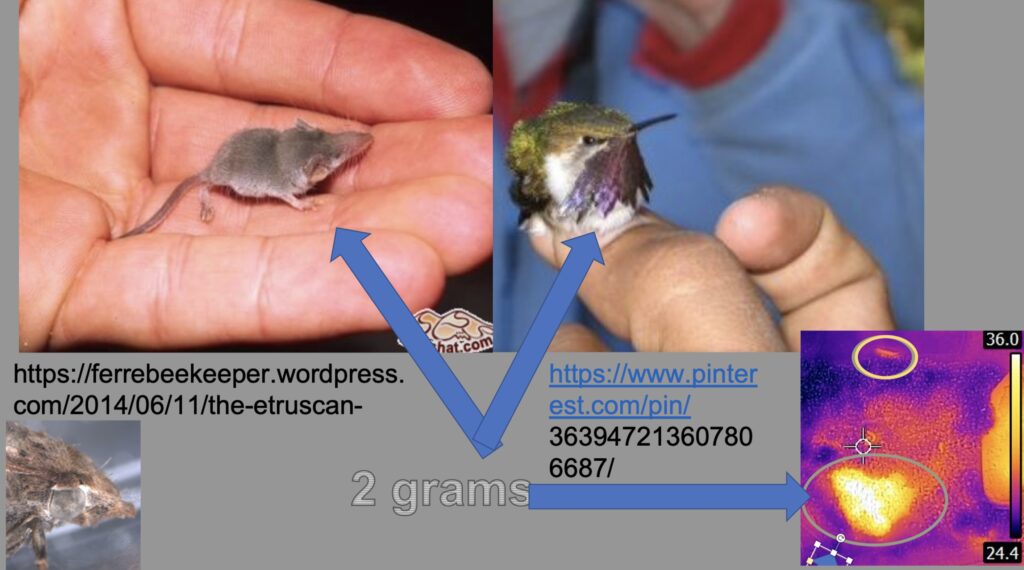To view the video in this tutorial example, please right click the image and select “Show Controls,” then click the forward arrow to view the video.
The special feature of this approach is that collaborators or teacher/learners can communicate live through Zoom or other remote formats and share ideas, explanations, etc.
This is an example of a tutorial where the collaborators (Professor Cohen and Dr. Carole Cheah) were exchanging information about diet development for their project dedicated to development of artificial diets for predators that are specialists of hemlock woolly adelgids. In this video, recorded from a video collaboration, Drs. Cheah and Cohen review various aspects of the acceptance of the artificial prey (artificial diet later published in a 2015 paper (published here: Cohen and Cheah, Entomol Ornithol Herpetol 2015, 4:2 http://dx.doi.org/10.4172/2161-098)
The main point of this blog page is to illustrate the potential quality and efficiency of remote communication (Cheah was in Connecticut and Cohen was in North Carolina for this Zoom meeting). Note that the video here includes only Dr. Cheah’s part of the communication where Cheah showed Cohen videos and still shots of the beetles she was feeding diets produced by Cohen as freeze dried samples of their “CC Diet.” Dr. Cheah was testing the responses of the beetles to the diets with various additives and diet presentation conditions such as on or off of hemlock foliage or Parafilm or other substrates. Please note further that Dr. Cheah at the time was using a simple phone-camera and shot the videos and stills through a dissecting scope eyepiece.
This type of exchange works well for many other kinds of information exchanges which can be done live and which can further be made to include multiple research or rearing education partners.
Cohen is currently offering this type of collaboration and teaching as part of an online experience for collaborators or participants worldwide.
MORE TO FOLLOW SOON!

